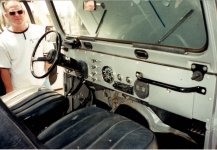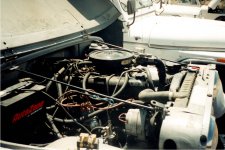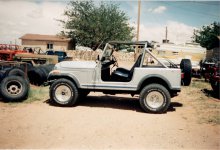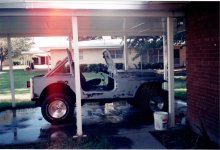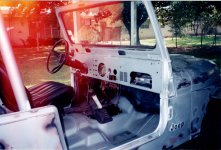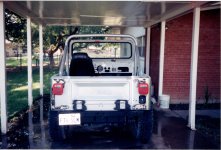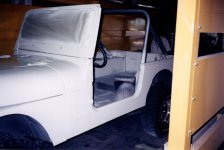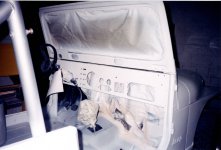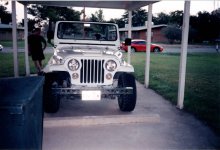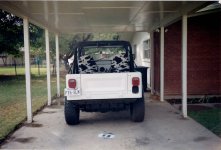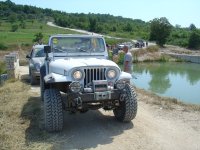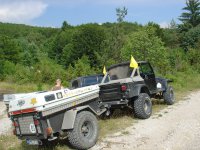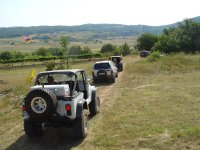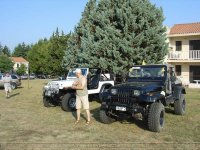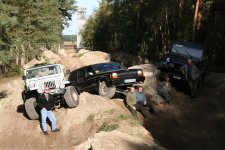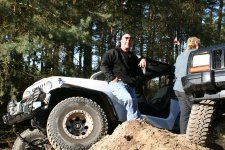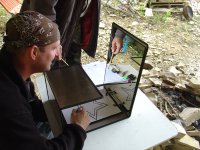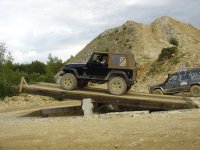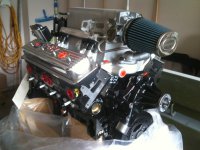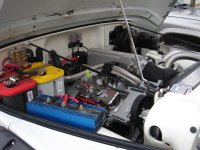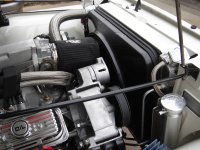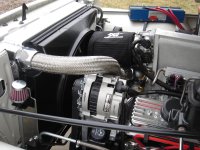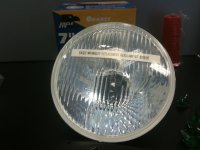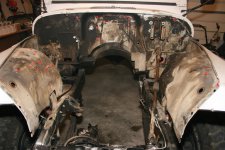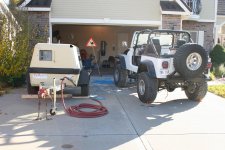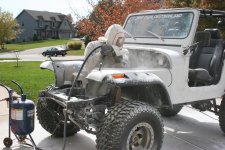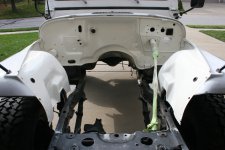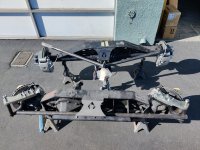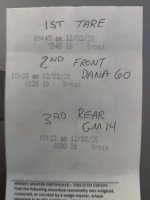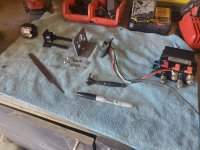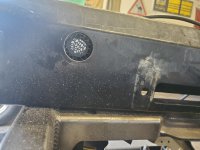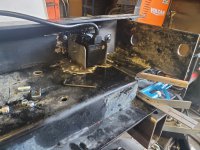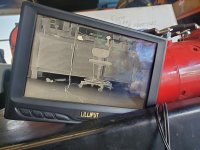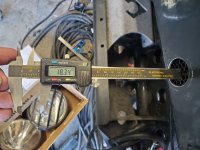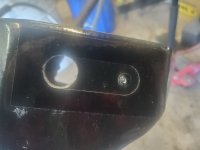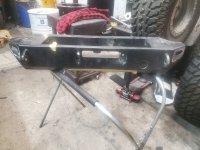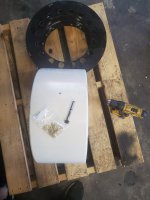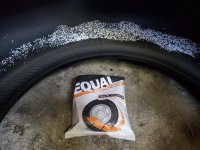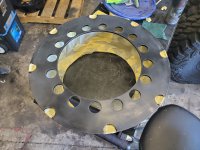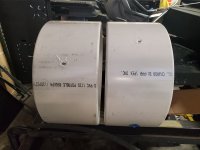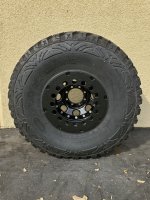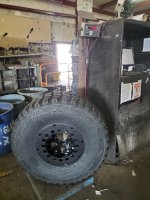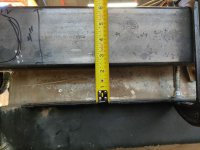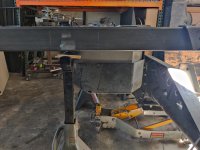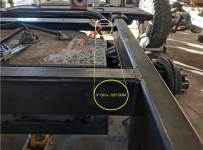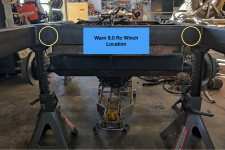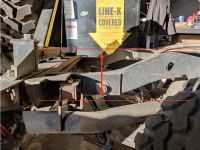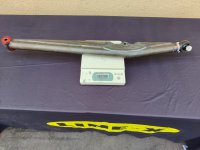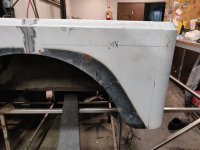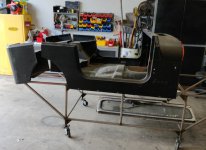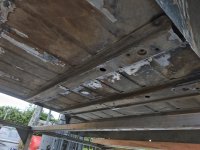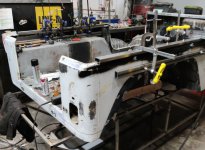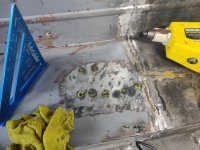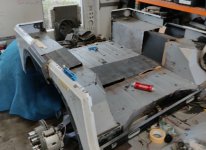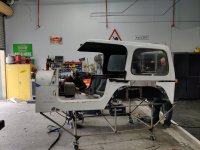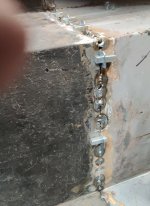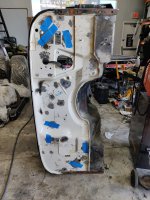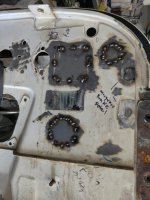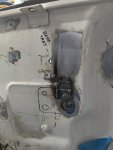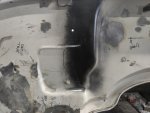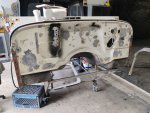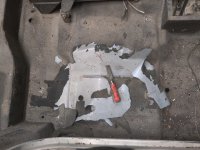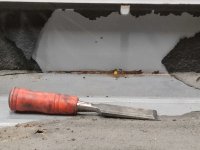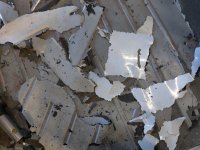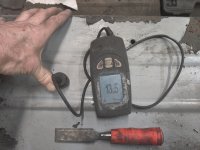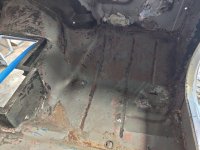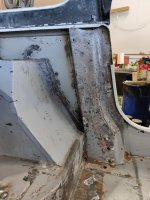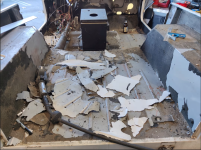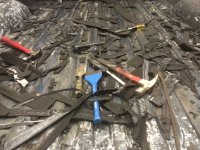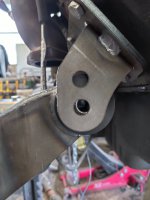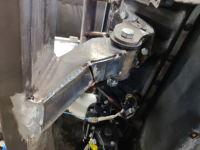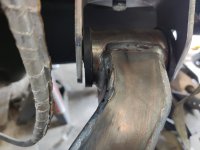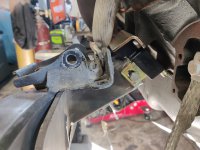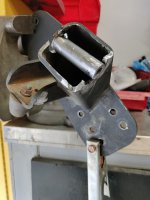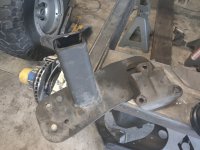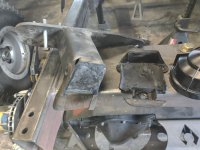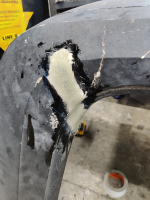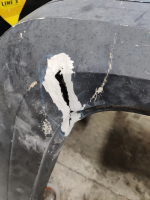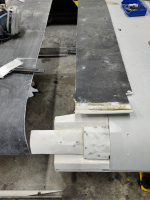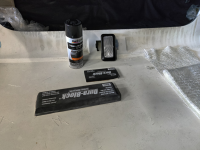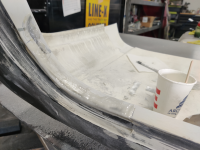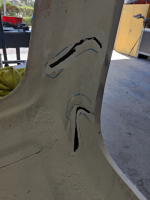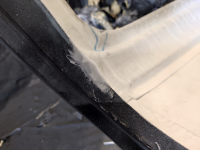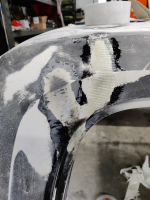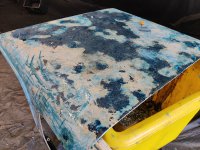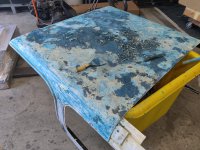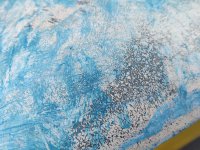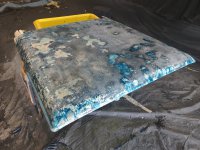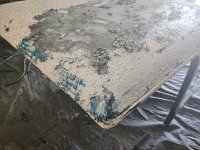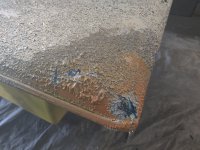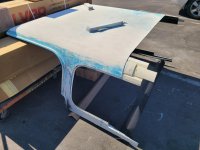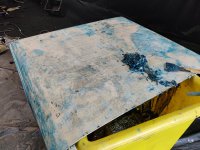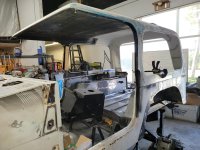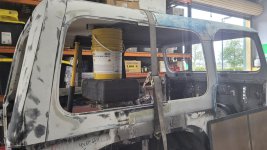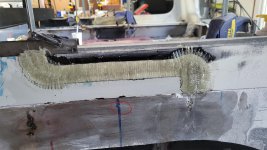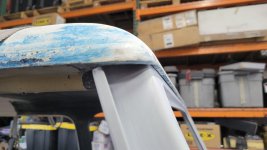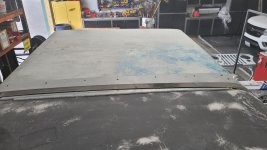LINE-X
Well-known member
- Joined
- Jan 21, 2022
- Member Number
- 4726
- Messages
- 76
So for the next several post's I'll add an original date. Several things here have changed I'll do my best to capture the changes as well as post where were at today once I get caught up.
July 26, 2020 (Original Post)
So last year (2019) LINE-X Corporate started a competition for LINE-X Franchises to build a vehicle for a competition resulting in two winners. “These two vehicles were selected from several vehicles submitted by franchises as part of a special SEMA contest. Twelve finalists were placed in two groups as part of two different contests that allowed LINE-X fans to vote for their favorite vehicle on social media, while LINE-X franchisees voted for their favorite in a separate contest.” (See: LINE-X Franchise Builds Stun at 2019 SEMA Show | LINE-X).
So let me start by saying we are a LINE-X FRANCHISE and do not represent our corporate office in any manner. All opinions expressed in here are solely mine. Now like all builds, they have a story, sometimes you know the history sometimes you don't. In my case, I bought this CJ-7 back in 1996 as a second owner in EL Paso, TX as a young Soldier.
In the 24 years 'she's possessed me', she's had three major retrofits with this being her fourth. I will cover as much as I can for historical perspective as well as technical. One thing that has always been important to me is that I wanted a Jeep that I drive in and drive out. With that, my intent was not to build a trailer rig although I have gone home on one more than once. Berlin to Grafenwoehr being my longest tow, thank God for the “Allgemeiner Deutscher Automobil Club” ADAC and if you've been to Europe you know it's one of the best tow/insurance services out there.
My intent was to build a garage D.I.Y Jeep. I'm not saying I don't use good parts, just like to figure out how to make things work they way I want them. What this means is my Jeep has drawn inspiration from Jeep's and trucks all over the place. I am not claiming to have invented anything here, only to assemble the way I wanted it. Someday it will go to my kids to build Version 5.0 but for now, I am starting Version 4.0.
So below is how I bought it back in El Paso, Texas from Roger Little of “Little 4x4” (See: little 4x4 elpaso - Google Search) Yes as I recall I paid full price, Roger wouldn't budge.
Update: LINE-X's new CEO told me they're not going to go to SEMA anymore. So my friend at Speedir asked if he could use it in his booth since I have one of his camera's going in, I have a post showing it as we tested the mounting.
Attachments
Last edited:
